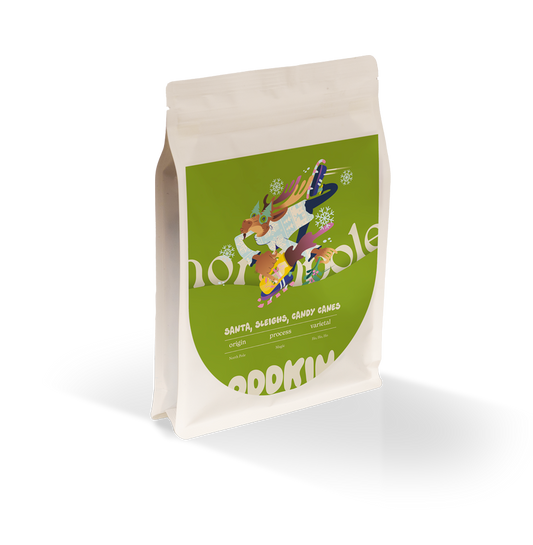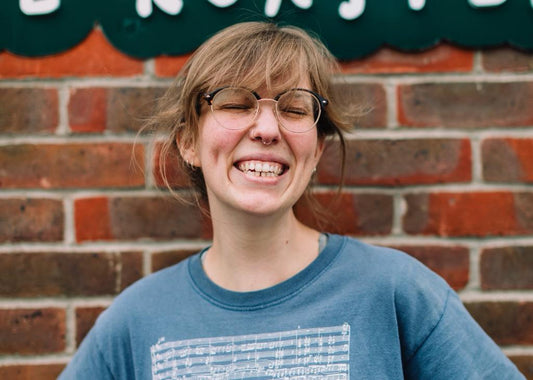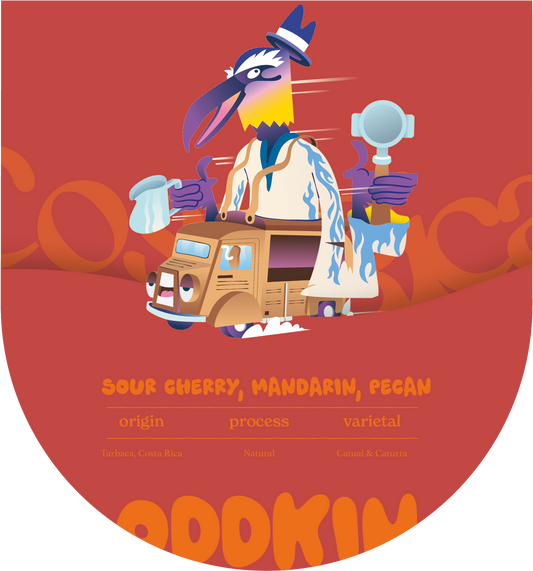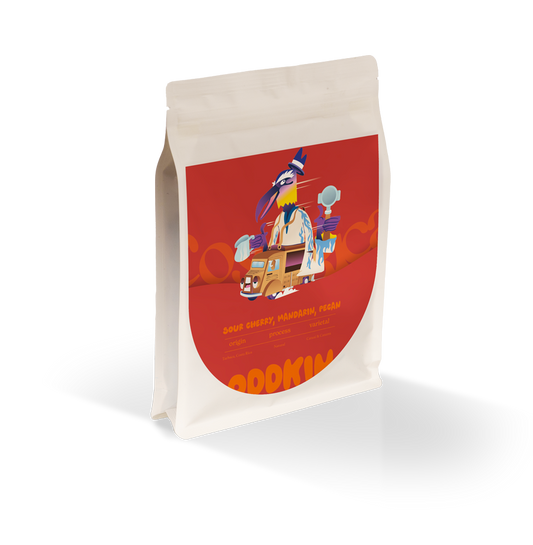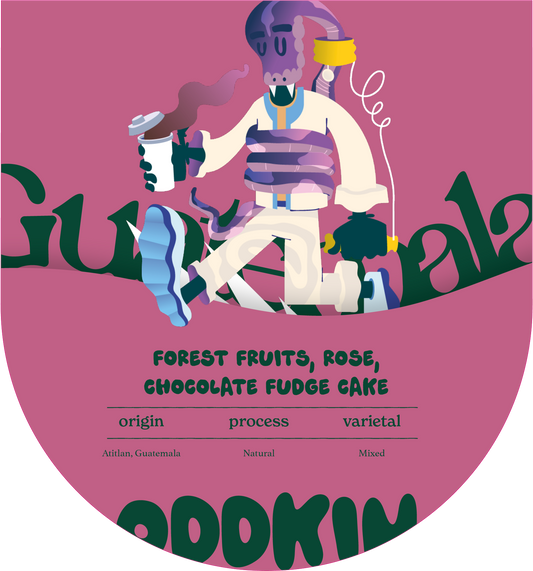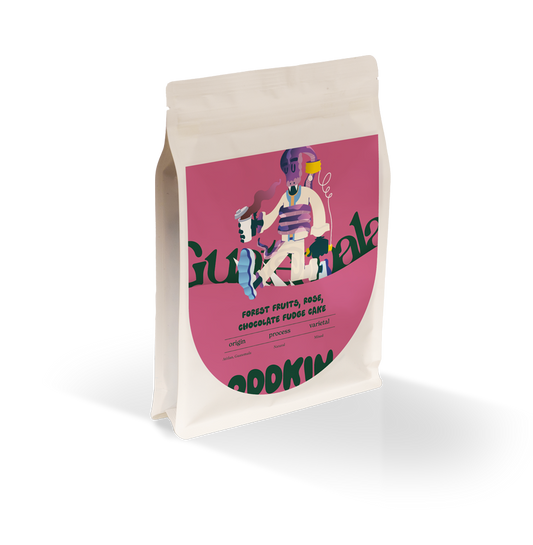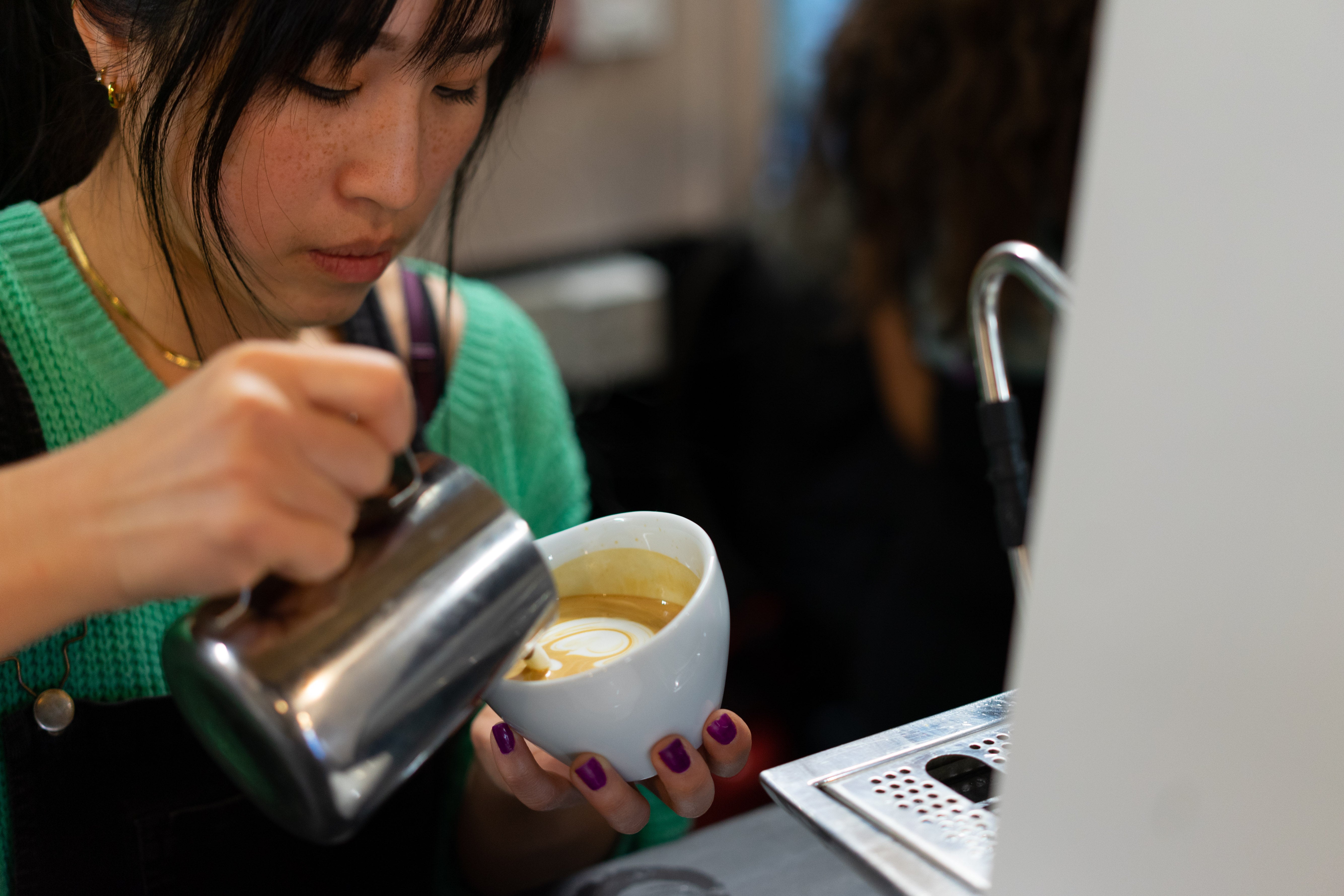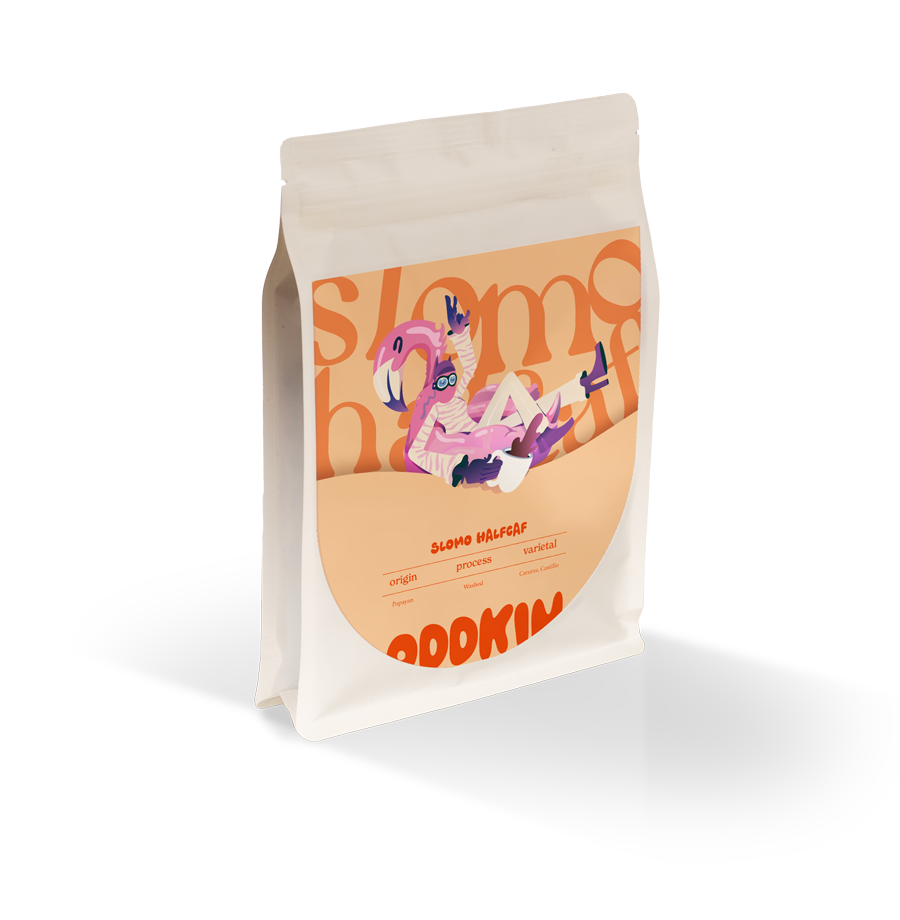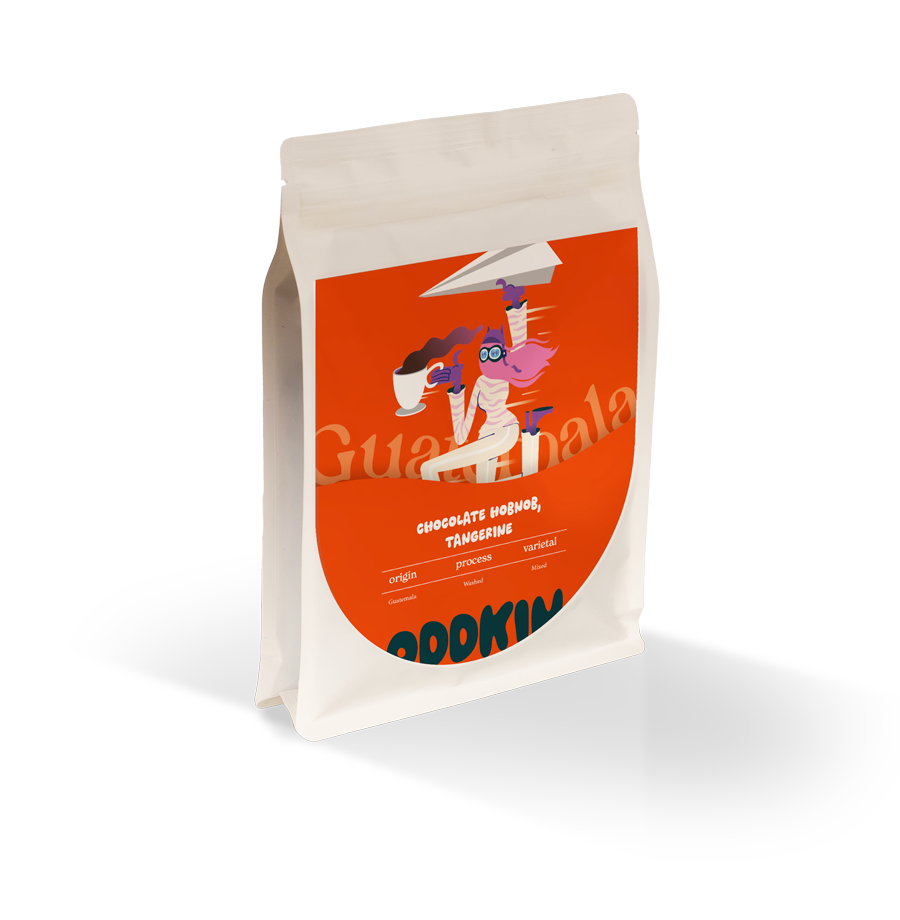How to use a Moka Pot with OddKin
The Moka pot is perfect if you’re after a rich, full-bodied coffee that packs a punch.
Sleek in design and easy to use, we have the Italians to thank for this method of brewing.
What is Moka pot coffee?
Also known as Stovetop, Percolator or a Bialetti. Moka pot coffee is an Italian coffee brewing method that relies on pressure and steam to brew the coffee grounds.
It’s become hugely popular across the world, with an estimated 330 million pots having been sold since its invention.
When was the Moka pot invented?
Having been around for just under a century, the Moka pot was invented by Alfonso Bialetti (with the help of Luigi De Ponti) in 1933.
Bialetti was an engineer who had spent ten years prior working in the French aluminium industry.
In 1919, Bialetti returned to his hometown of Piedmont to set up his own workshop creating aluminium products, and it was during this time that the Moka pot design was inspired.
In the 1920s, dirty laundry was washed in sealed boilers containing a small, central tube. The tube was used to draw soapy water up from the bottom of the boiler and spread it across the wet laundry. Bialetti adapted this design to create the Moka coffee pot we know and love today.
Fun fact: In 1947, Bialetti’s son Renato took over the family business. He died in 2016 at the age of 93, and his ashes were placed in a large replica of the Moka pot coffee maker.
How does the Moka pot work?
The aluminium Moka pot has an octagonal shape and is comprised of three main sections:

- A: Lower chamber (a small tank which holds the water)
- B: Metal filter basket (used to hold the coffee grounds)
- C: Upper chamber (collects the brew)
After being placed on a stove, the water within the lower chamber increases in temperature, which generates steam. The pressure in the bottom chamber pushes the water upward, through the safety valve and filter basket (which is where the coffee granules are situated).
Once is has passed the filter basket, the water continues to move in an upward motion until it is released into the upper holding chamber.
What size is a standard Moka pot?
Moka pots can be purchased in a number of different sizes which impacts how many cups of coffee you can brew at once.
The classic Bialetti Moka Express is available in 1 - 12 cup sizes:
| Cups | Height in mm | Base in mm | Volume in ml |
| 1 | 133 | 64 | 60 |
| 3 | 159 | 83 | 200 |
| 6 | 216 | 102 | 300 |
| 9 | 550 | 105 | 550 |
| 12 | 775 | 127 | 775 |
How to use a Moka pot:
Makes 1 cup (scale up as you need)
You’ll need:
-
30g coffee (grind size: medium-fine, espresso profile)
-
300ml water
-
Kettle
-
Stove
-
Moka pot
Method
-
Boil your kettle and leave the water to rest for 30 seconds to 1 minute before using.
-
Fill your Moka pot filter basket with ground coffee. Be careful not to tamp the grounds, just distribute them evenly to create a flatbed. The exact amount needed will depend on the size of your Moka pot, but usually a 1:10 ratio is required.
-
Pour the boiled water into the base chamber just below the valve and assemble the moka pot.
-
Place the Moka pot on the stove on a high heat. It’s important to keep the lid open to pay close attention to the brew. As soon as you see the coffee coming through, reduce the stove top temperature to low.
-
Before or just as the pot begins to splutter, remove it from the heat and pour the coffee into cups. Ecco! Your Moka pot coffee is served.
Top Tip: We recommend using fresh, filtered water to allow for a fuller flavoured brew.
Moka pot coffee FAQs
What is the best Moka pot grind size?
The best Moka pot grind size is a medium-fine grind.
Each coffee particle should be roughly 0.5 mm in size, with a similar texture to caster sugar or table salt.
For tastiest results, grind your coffee just before you brew. This ensures you keep all the freshness and aromatics in your coffee that you’d typically lose when pre-ground.
However, if you don’t have access to a grinder we offer pre-ground options too.
What is the correct coffee to water ratio for Moka pot?
We recommend a ratio of 1:10.
This means that for every 30g of coffee used, you’ll need 300ml of boiling water.
What are the pros of Moka pot coffee?
A 2010 study found that 90% of Italian households own a Moka pot - and we’re not surprised, there are lots of reasons to love this style of brewing!
-
Can make multiple servings (with the larger sizes)
-
Aluminium body which helps with heat retention
-
An affordable way to brew great coffee
-
Creates a rich and robust brew
-
Easy to clean and durable
Are there any cons?
It can take a few attempts to find the right grind size for different coffees you choose to use with your Moka pot. But once you find it, it’s straight-forward from there.
Why does my Moka pot coffee taste bitter?
If your Moka pot coffee is resulting in a bitter brew, there are a few reasons why this could be.
-
Grind size- When the coffee is ground too fine, there is more surface area which means more extraction, and the last compounds of the bean are very bitter.
-
Coffee to water ratio- too little coffee to water can result in overextraction, especially when in conjunction with the above.
-
Too much heat- not adjusting your heat throughout can burn the coffee.
-
Roast level- darker roasted beans have harsher and more bitter notes to them which can outweigh the sweeter ones.
Is Moka coffee as strong as espresso?
Despite producing a rich and intensely flavoured brew, Moka pot coffee is not the same or as strong as espresso.
How to clean a Moka pot:
Although Moka pots are not dishwasher safe, it’s important to clean your pot after each use.
To do so, wait for the pot to cool, disassemble it, remove the spent coffee grounds from the filter basket and wash with hot soapy water.
Want to know more about different ways to brew your beans?
Join one of our fun weekend classes at the OddKin roastery! Suitable for all levels of experience. Bring a pal and mess around with some fab coffee for a morning or afternoon.
Click below to read more and see our available classes:
https://www.oddkincoffee.com/pages/coffee-classes



